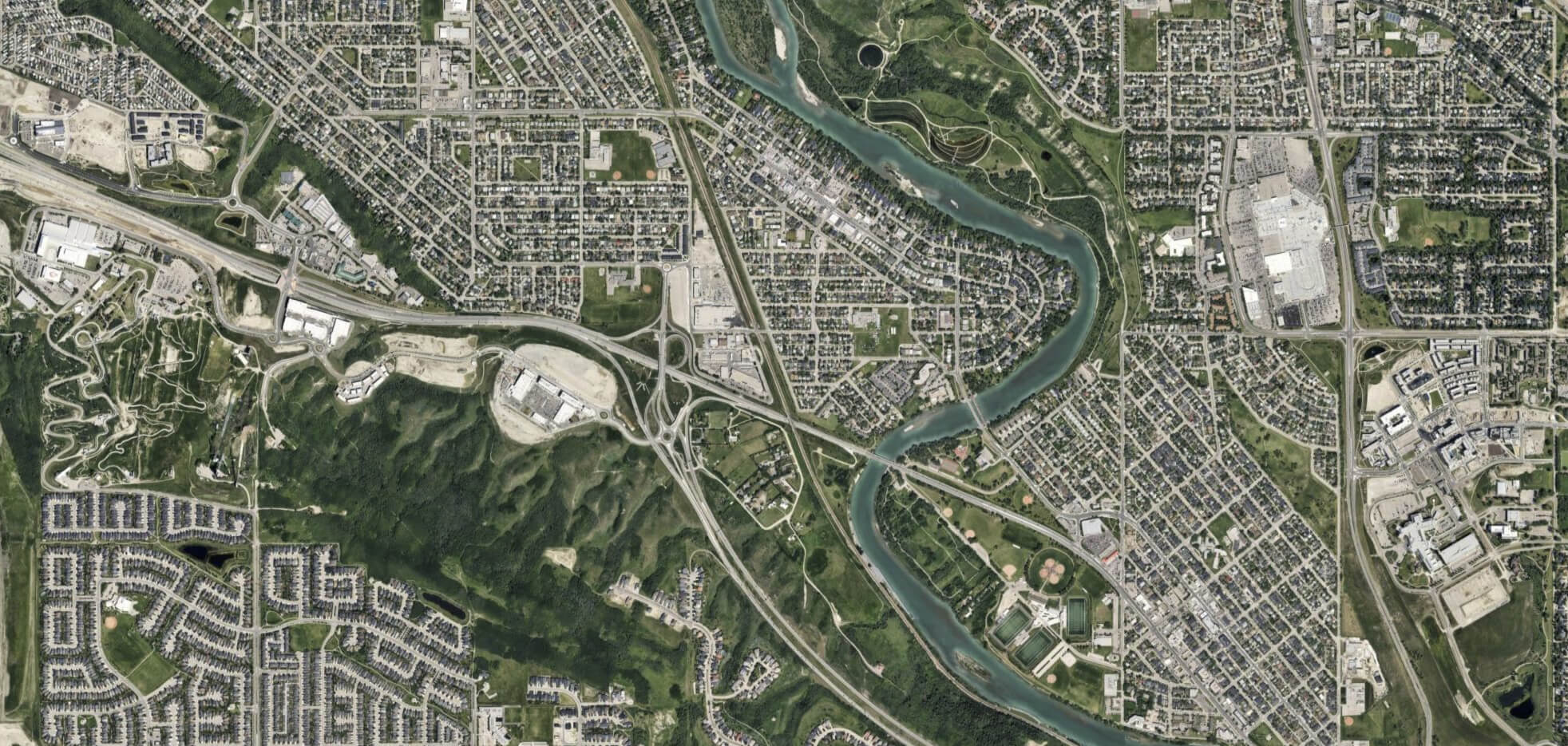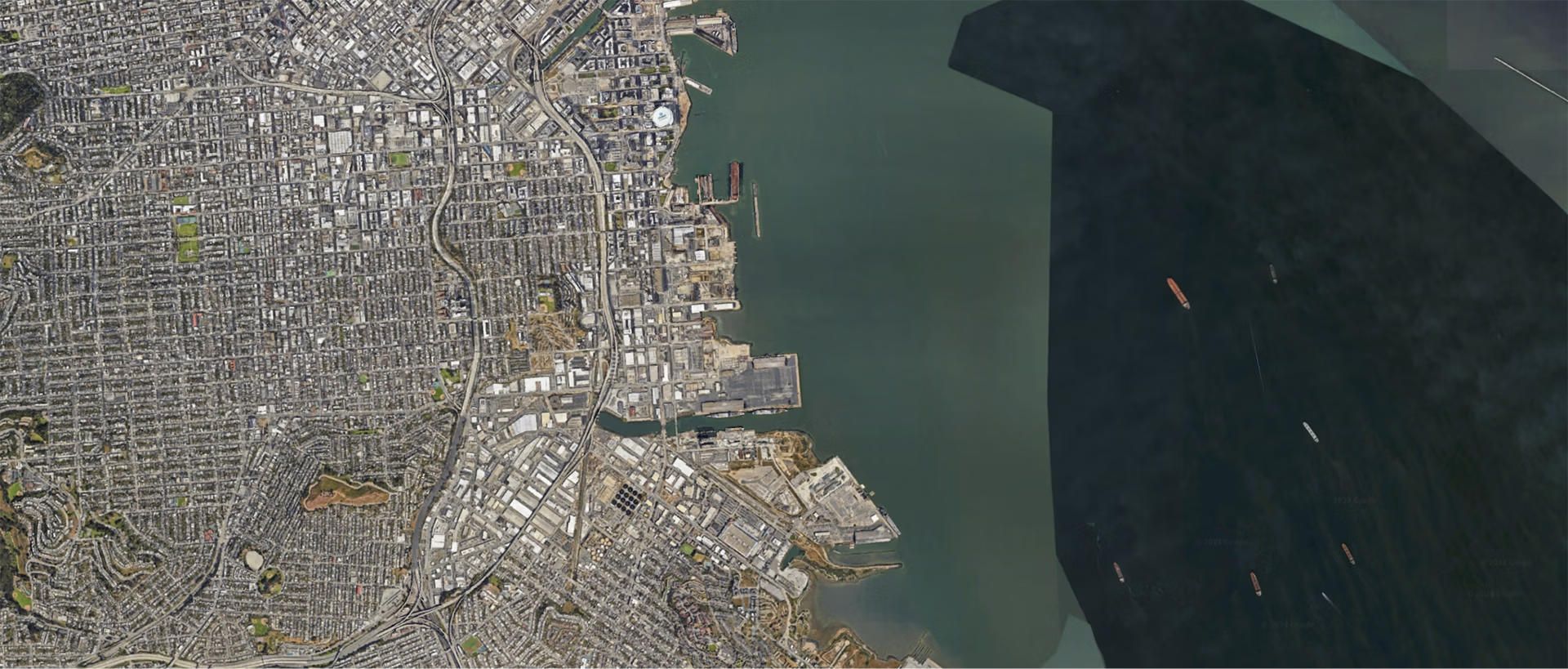CASE STUDIES

Jacko Lake Microtunnel
Overcoming Project Challenges with Microtunneling
DESCRIPTION
With a total length of 1,173 m , Jacko Lake Microtunnel Drive #4 is one of the longest projects of its kind in Canada. The Tunneling Company completed the project approximately 1 km southwest of Kamloops, B.C., as part of a larger 4.25 km microtunnel — Spread 5A, Trans Mountain Expansion Project (TMEP).
The Tunneling Company started work from Shaft No. 3 — a 33 m deep shaft constructed using the drill and blast methodology, with SCL primary liner wall support and anchors. The tunnel extends to Shaft No. 4, completed to a depth of 22 m using the same methodology and lining.
The Tunneling Company was engaged by the client as a contingency measure, following ongoing schedule slippages and operational issues experienced by another contractor.

CHALLENGES
The Tunneling Company overcame several challenges while completing the microtunnel.
The drive alignment forced crews to transition through several vertical curves, along with the tunnel’s continuous horizontal radius. These curves were accompanied by tight line and level tolerances, which posed a number of quality control challenges — most notably, alignment control. The Tunneling Company managed these factors by using a real-time tunnel navigation system, which provides millimetre accuracy and robust control.
The tunnel profile also crossed through predominately hard rock conditions, which The Tunneling Company had to account for prior to onsite work. Crews also encountered two transition zones, containing sand, gravel, clay, and weathered rock. Moving between soft and hard materials can contribute to steering issues, making it especially important to account for these zones.
Even after accounting for all of these challenges, The Tunneling Company encountered a final, unexpected hurdle: extreme wildfires in the area. Poor air quality forced a temporary project shutdown, compounded by a planned work stoppage due to an unavoidable interface with another contractor on the project that was prioritized by the major stakeholders.
These stoppages exponentially increased skin friction, which forced The Tunneling Company to adjust the mud design and tunnel with Intermediate Jacking Stations (IJS). As a result, the project’s Rate of Penetration (ROP) decreased, further slowing down tunneling.

OUTCOMES
Despite the project's many challenges, the microtunnel was successfully completed by The Tunneling Company’s experienced personnel to strict alignment tolerances in the vertical and horizontal plane.
After The Tunneling Company finished the crossing using a two-pass methodology, the client inserted a 36-inch steel product pipe — thereby allowing them to safely navigate environmentally sensitive and indigenous land. With The Tunneling Company’s help, they achieved their scheduled deliverables in the face of frequent setbacks and unexpected complications.


.png)

-medium.avif)



